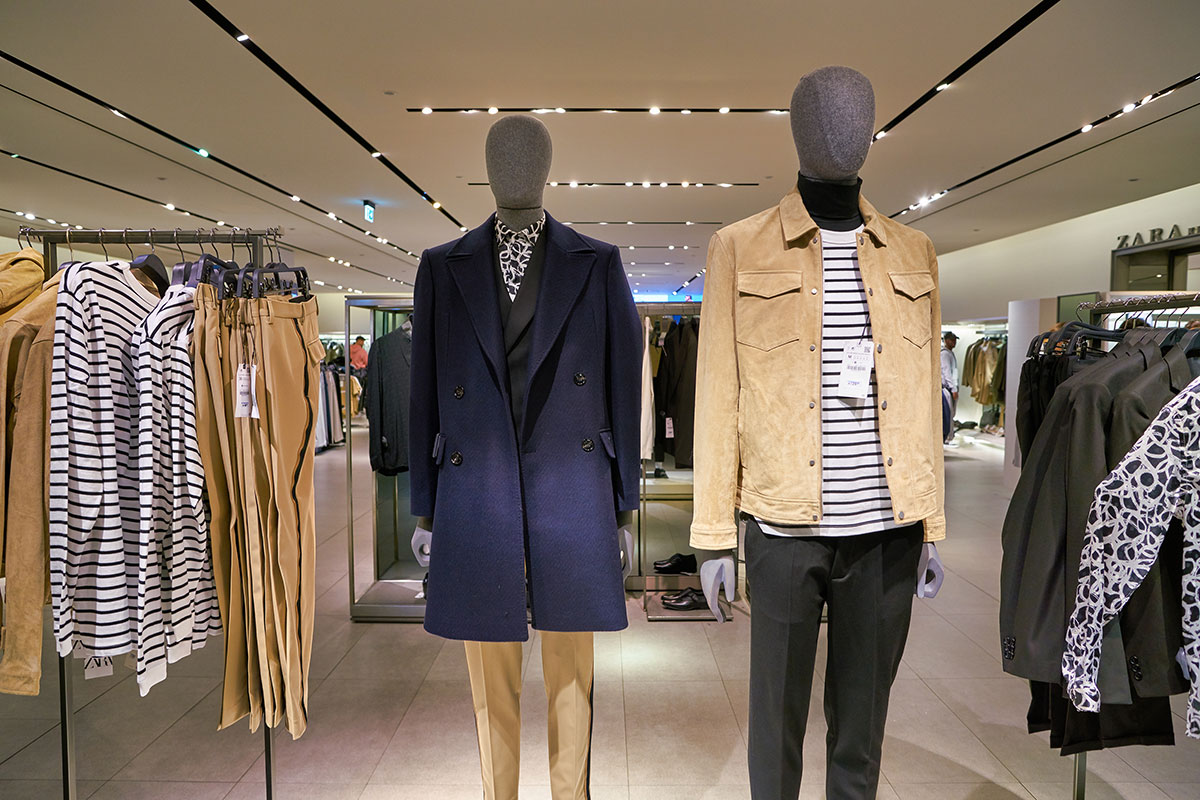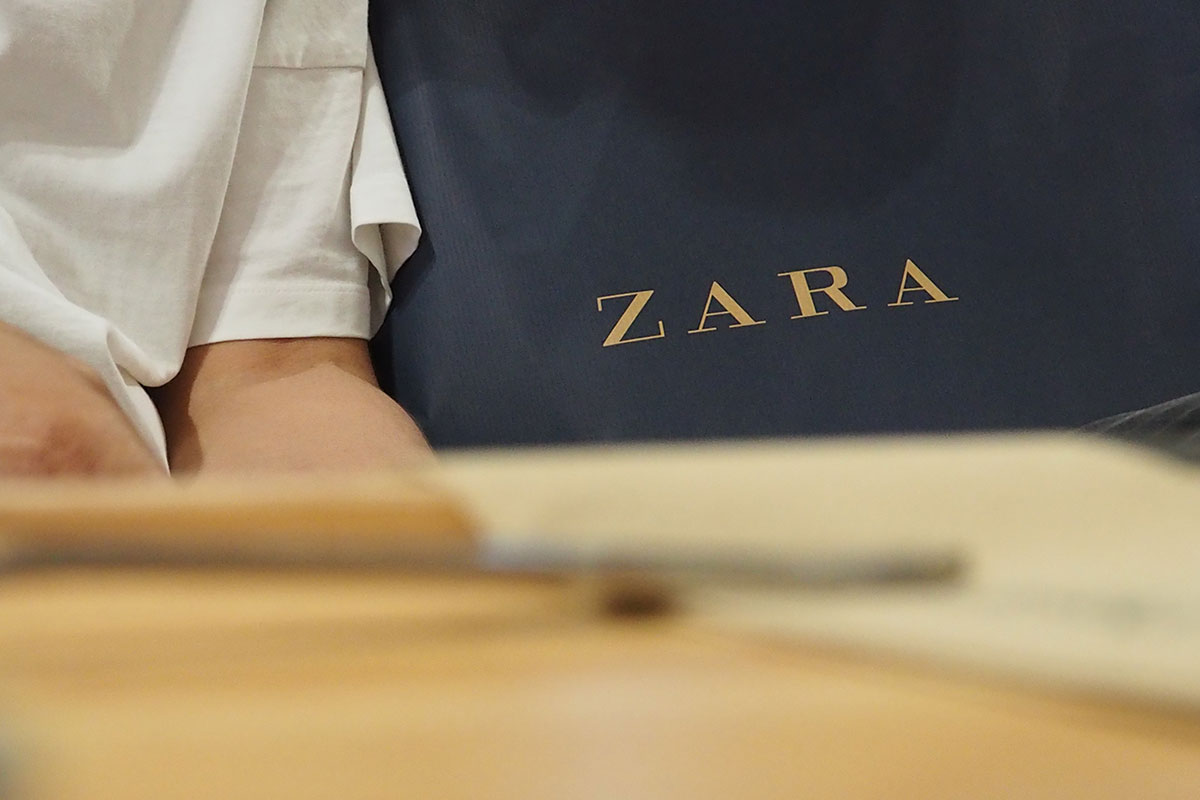Zara also commits six months in advance to only 15 to 25% of a season’s line. And it only locks in 50 to 60% of its line by the start of the season, meaning that up to 50% of its clothes are designed and manufactured smack in the middle of the season.
If a certain style or design becomes the new must-have on the street, Zara gets to work. Designers churn out the new styles and they're fast-tracked to stores while the trend is still going strong.
Store managers communicate customer feedback on what shoppers like, what they dislike and what they’re looking for. That demand forecasting data is instantly funnelled back to Zara’s designers, who begin sketching on the spot.
Zara also has extra capacity on hand to respond to demand as it develops and changes. For example, it operates typically 4.5 days per week around the clock on full capacity, leaving some flexibility for extra shifts and temporary labour to be added when needed.
This then translates to frequent shipments and higher numbers of customer visits to the stores, creating an environment of shortage and opportunity.
Zara’s business strategy allows the company to sell more items at full price because of the sense of scarcity and exclusiveness the company exudes. Zara’s total cost is minimised because merchandise that is marked down is reduced dramatically as compared to competitors.
Zara makes 85% of the full price on its clothes, while the industry average is 60 to 70%. Unsold items account for less than 10% of its stock, compared with an industry average of 17 to 20%.
“Most companies are riddled with penny-wise, pound-foolish decisions to reduce cost. Zara understands that if they don’t have to discount as much, they can spend money on other things. They can see the benefit of this certainty and rhythm in the supply chain,” said Kasra Ferdows, professor at Georgetown University’s McDonough School of Business in this article on Bloomberg.
This is also the reason why Zara can afford the extra labour and shipping costs needed to accommodate and satisfy changes in customer demand.























